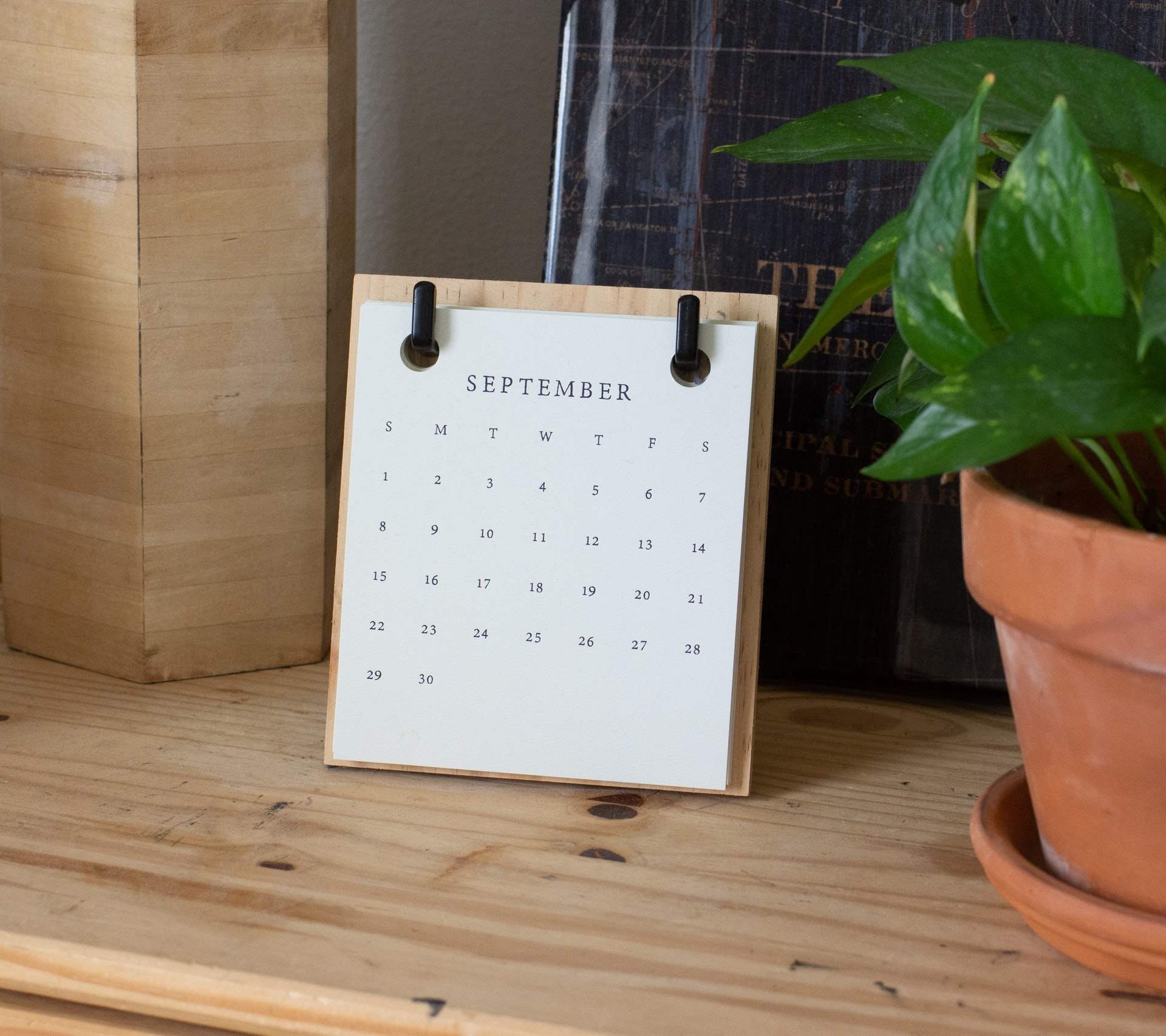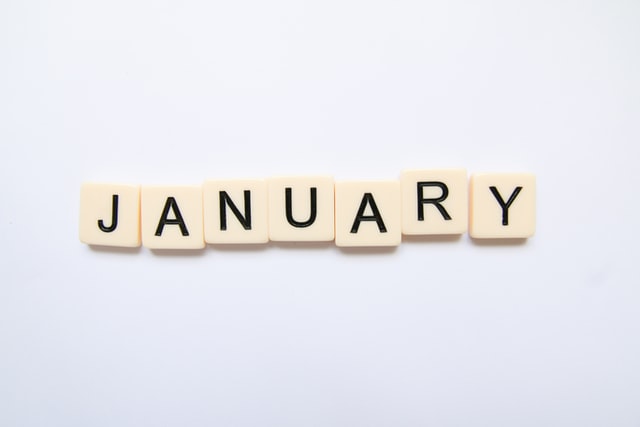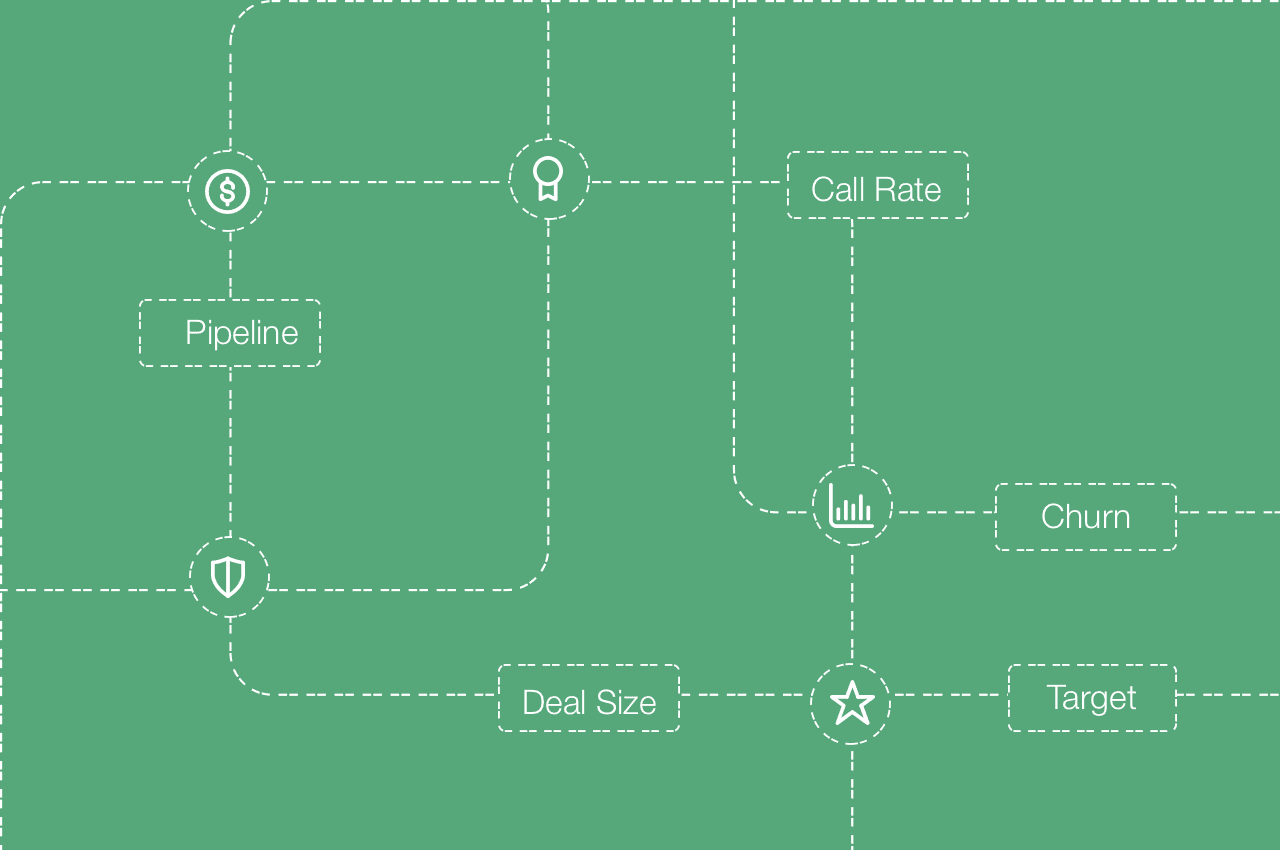Do you have a sales plan? If you don’t then what are you waiting for? Whether you are a small size company, mid-size, or a large enterprise, a sales plan benefits everyone in your organization from the top sales management to the bottom line sales reps. It provides a roadmap that people can follow to achieve sales targets.
Read on to understand more about a sales plan and how to create one for your business.
What is a Sales Plan?
A sales plan is a strategy document that lays out a company’s plan for improving sales results in a specified time period. A sales plan makes it possible for everyone on the sales team to
See the big picture
Share the same overall objectives
And work the same plan to achieve them.
It usually includes:
Specific revenue and performance goals for a given period
The strategies for achieving them
The resources and activities required to carry out those strategies
What does a good sales plan look like?
An effective sales plan should do the following:
Communicate your company’s goals and objectives to your sales team.
Provide strategic direction for your sales team.
Outline roles and responsibilities for your sales team and leadership.
Monitor your sales team’s progress on organizational goals.
What are the benefits of a Sales Plan?
While most of us are good planners, we will be able to implement our plan perfectly only if we have it documented. Because a documented plan provides clarity of the course of action and instills accountability amongst people.
Otherwise, without a written plan, it would be just talking.
So the obvious benefit of the sales plan is that it helps you execute on all your best ideas. But that’s not all. A good sales plan will also help you to:
Keep your sales team on the same page who are aiming for the same targets and focusing on the same priorities.
Clarify your goals and revenue objectives for a given period.
Give your team direction, focus, and purpose.
Adopt a unified set of strategies and playbooks to reach your business and revenue goals.
Know what your team capabilities are and develop their talent, provide them with tools, and other resources.
Inspire and motivate stakeholders.
Track your progress and optimize performance over time.
What goes into a Sales Plan?
A typical sales plan includes the following sections:
1. Summary of the sales plan
This will be on the first page of the sales plan. In this section, give a short summary of the document and an index of various topics
2. Business goals and Revenue targets
In this section, clearly establish your business goals and revenue targets that the sales reps need to achieve.
3. Target Customers
In this section, explain who your company aims to serve with its products and services. Mention all the potential revenue-generating, omnichannel opportunities available for the brand, such as the following:
Referrals
Renewals
Upsells
Cross-sells
New Prospects
New Segments
This section should also describe new segments of the addressable market when they arise.
4. Market and Industry Conditions
This section should highlight the market trends that have a high likelihood of influencing sales performance.
5. Strategies, methodologies, and tactics
This section recommends the,
Best selling strategies and techniques
Communication sequences
And playbooks
for the sales reps to reach their sales targets.
6. Team Structure
In this section, describe the distribution of your salesforce across various sales teams. Mention who is going to be on whose team and what is going to be their role and responsibility.
7. Products, Pricing, and Promotions
In this section, document your offerings, their pricing, and any upcoming promotions that can convert customers.
8. Action Plan
This section assigns tasks, activities, and responsibilities to different teams and individuals. Tasks include prospecting activities, meeting appointments, and product demos/presentations.
9. Deadlines and DRIs (Directly Responsible Individuals)
Outline any important dates for deliverables and list who is accountable for their completion.
10. Training Plan and Resources
Outline your employees’ sales training plan for the year. Mention the
Training programs that you have planned for your sales reps
Training resources that they should use
And the training software tools that they should use
11. Sales Budget
In this section, propose a sales budget that is required to carry out sales operations, sales training, and to hit sales targets.
12. Performance Benchmark and monitoring
This section lays out the performance metrics that would measure, benchmarks, and monitoring system.
How to Write a Sales Plan?
While the above 12 sections form the sales plan, let’s see how can you go about drafting these sections:
1. Research is key
Your sales plan should be based on in-depth and up-to-date research.
Use the past performance data and statistics that are available to you to analyze your,
Market niche
Industry trends
Ideal customers
Also, carry out a SWOT analysis of your team and identify their,
Strengths
Weaknesses
Opportunities
And threats
This research helps you to forecast your sales accurately and build an effective sales plan on the basis of that forecast.
2. Set Smart Goals
Setting smart goals for you and your team is an essential part of creating a sales plan. I believe the biggest mistake you can make when setting goals is solely focusing on numbers.
Use goal-setting and planning frameworks such as SMART (Specific, Measurable, Achievable, Relevant, Time-bound). This helps you create goals that stretch your teams’ capabilities, but also seem doable based on the strategy.
3. Make sure that you have a strong sales strategy and tactics
In order to make your sales plan truly helpful for your salespeople, make sure that it contains a good action plan with strong sales strategies and tactics. This helps in establishing an SOP that helps your salespeople understand,
What needs to be done?
And how it needs to be done?
Here are some example which will help you understand how to write a sales action plan by mentioning the sales strategies and break them down into sales tactics: Strategy: Increase referral rates by 30% this quarter Tactics:
Run three-day referral techniques workshop
Hold sales contest for referral sales
Increase commission on referral sales by 5%
Strategy: Acquire 20 Enterprise logos Tactics:
Identify 100 potential prospects and assign a specialized team to each
Hold two executive-level events
Give a bonus to the first team to win three logos
4. Build a strong case for the proposed budget
Stakeholders and superiors are impressed with cold-hard facts. Therefore, having a strong detailed case for your budget will help your sales plan to smoothly sail through.
Not only should you outline your plans for the coming period for your budget, but you also need to detail the costs. Be sure to include an ROI analysis for any new tools or talent that you think you’ll need.
Learn how the strategic plan and tactical plan when put together make for a perfect sales plan?
Strategic vs Tactical planning in Sales
What trends are the sales experts predicting for the year 2021?
Find out at: 6 Trends that Sales Experts are predicting for 2021
Want to know how to create a positive, energetic and success-inspiring sales environment?
Read: How to Build a Successful Sales Environment
Check out this guide which will help you to plan your sales enablement for the year 2021:
The Sales Enablement 2021 Yearly Planning Guide
Related Posts
Looking for a sales training software that takes your sales training to a whole new level?
Explore SmartWinnr’s Learning and Gamification features. Learn how to run fun and engaging sales training and sales coaching for your team through SmartWinnr.
Curious to learn more about it? Book a demo today!



































































































































